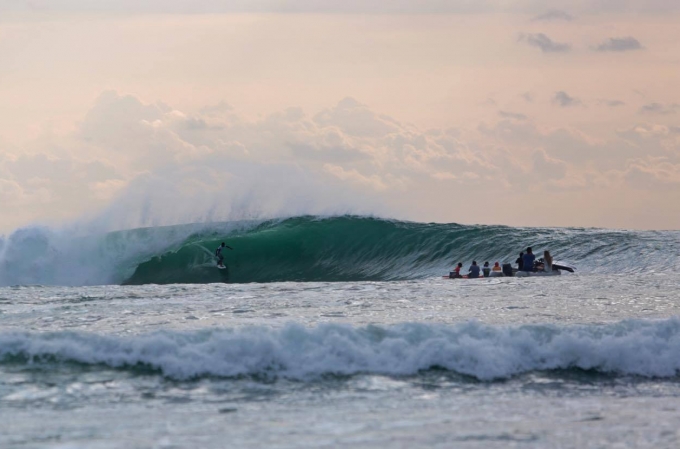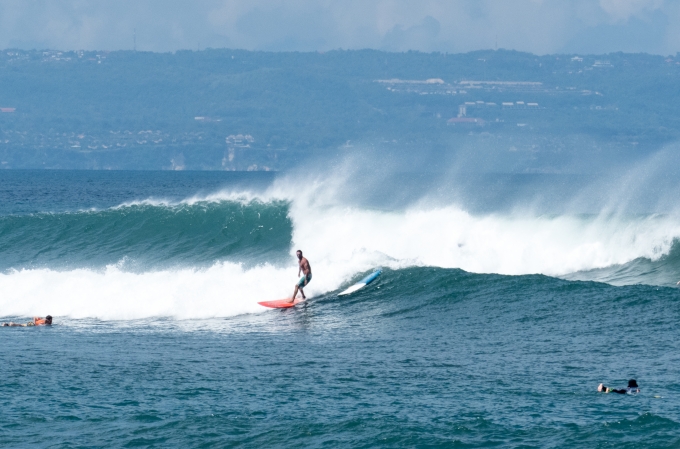A General Guide to Surfboard Fins
September 21, 2016 | 0 Comment

(cover photo credit @victorcrespo.photo)
This is by no means a definitive guide to surfboard fins. A more detailed breakdown in regards to the science behind fins can be found on www.theinertia.com. (Adapted from The Definitive guide to Surfboard Fins) This is meant to be an introduction to the concepts behind surf fins. Hopefully after reading this article you will have a better idea of what they do, how they work and which to choose for yourself.
First and foremost, the job of a surfboard fin is to provide direction and stability to the craft. When a fin is moving through the water, it creates an obstacle that forces water to move around it in a particular direction. In doing so, by controlling the pressure to fins, we can control the amount of water that is redirected, thus controlling the direction that the board will move in. While the length of the board, curvature of the bottom, sharpness of the surfboard rails, etc will also have an affect on how the board turns, ultimately, it is the fins that will directly influence how hard and sharp your turns will be.
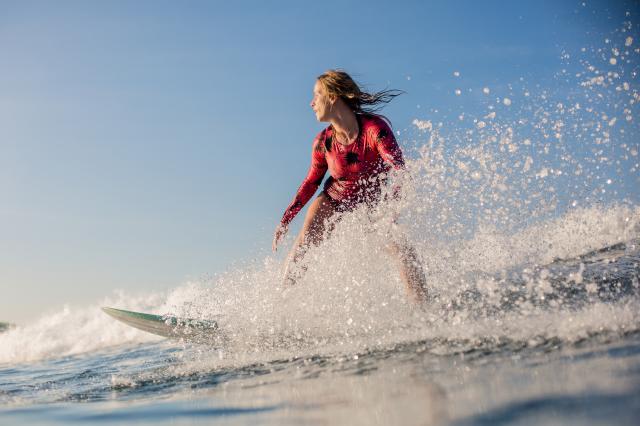
Lets talk a little bit about the anatomy of the fin. Here we will be discussing fins that are generally found on short boards. However, these broad principles also apply to other fins.
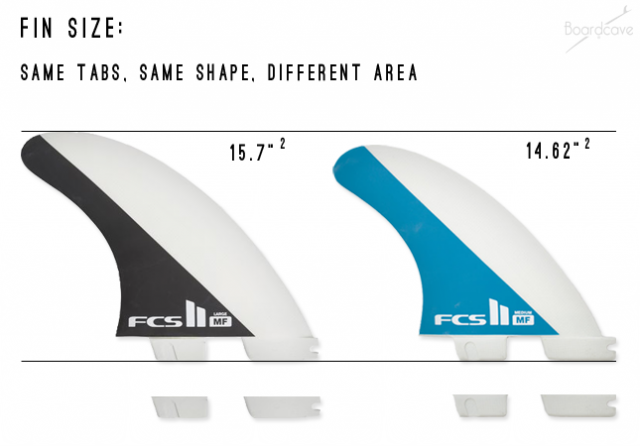
The size of the fin is going to impact your performance. A larger fin generally will have more hold and also provide better control in bigger surf. A smaller fin, on the other hand, is going to be more loose and better suited for carving on smaller waves. But, in larger surf, you’re going to sacrifice a lot of drive and control.
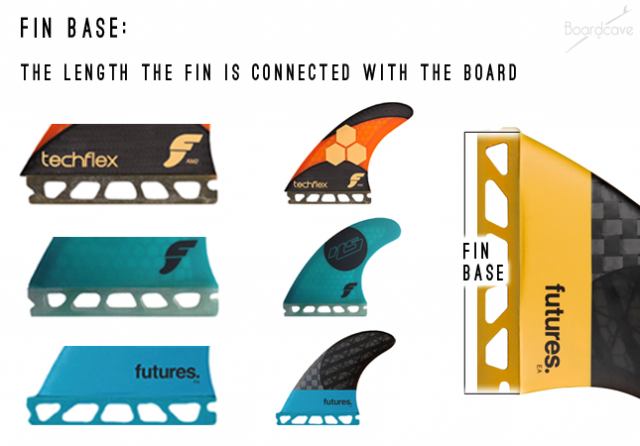
This is the part of the fin that is actually attached to the board. A longer (or wider) fin base is going to help with your drive. This means you’ll be able to make wider more drawn out turns. Compare this with a narrow, or short fin base that is going to let you turn a little easier and sharper but without as much of that drive.
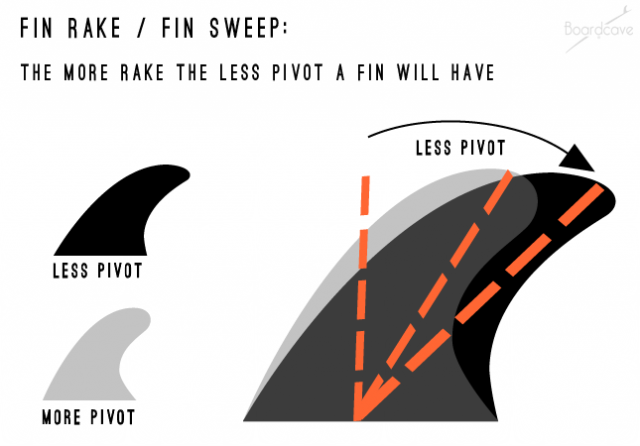
When you’re looking at the arc of the fin and how far back it tilts or sweeps, you’re looking at the fin rake. This is the characteristic that makes fins look like a dolphin fin vs. shark fin. The larger the degree of rake, the more drawn out your turns will be. This is great for those bigger days with a nice long wall to work with. Less fin rake and a more upright fin template, means that you’re going to get some more pivot out of them–great on junkier, weaker days.
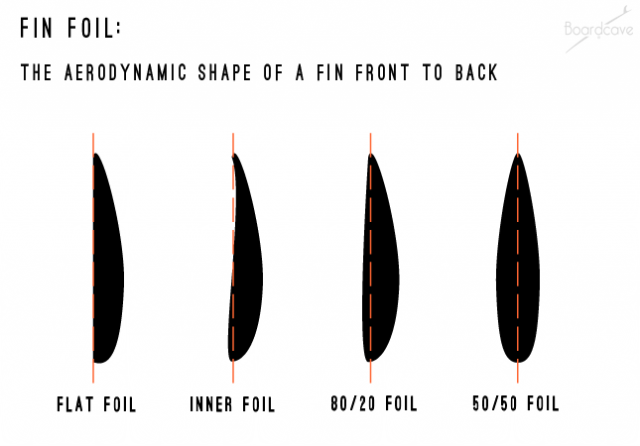
The fin foil is an aerodynamic shape from front to back of the fin. Much like the wings on an plane, this foil generates lift under the board. A fin is usually going to get thicker through the center of the fin and taper smaller out towards the edges.
There are a couple of types of fin foils with many variations on each. Side fins (on twins, thrusters and quads) are generally flat, sometimes curved inward on the inside and with a foil on the outside. Center fins will mostly have equal foil or double foil on each side. These center fins are found on the back of thrusters (three fin boards), single fins and sometimes the rear fins on quads. Double foil can also be found on some more traditional twin fin fish models.
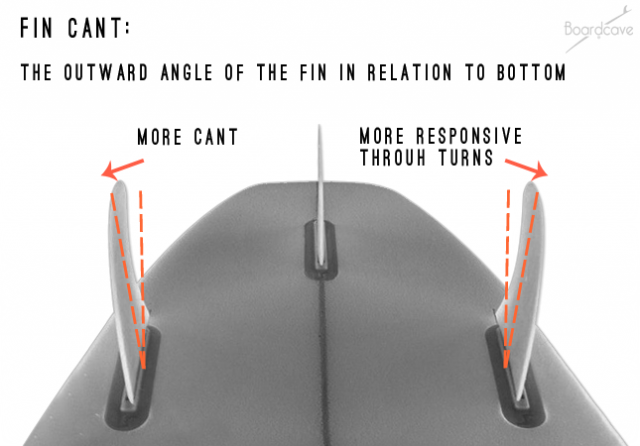
Fin Cant is the degree of outward angle a fin has in relation to the bottom of your surfboard. If a fin has zero cant, its position is straight up and down at a right angle to your board, meaning the fin will be 90 degrees to the bottom of the board. This is going to be fast in a straight line, but it won’t give you as much responsiveness through turns. If the cant of your fin is larger, you’re going to gain a little more of that responsiveness through your turns. It means you can maintain some more drive when your board is tilted on the rail.
Single Fins
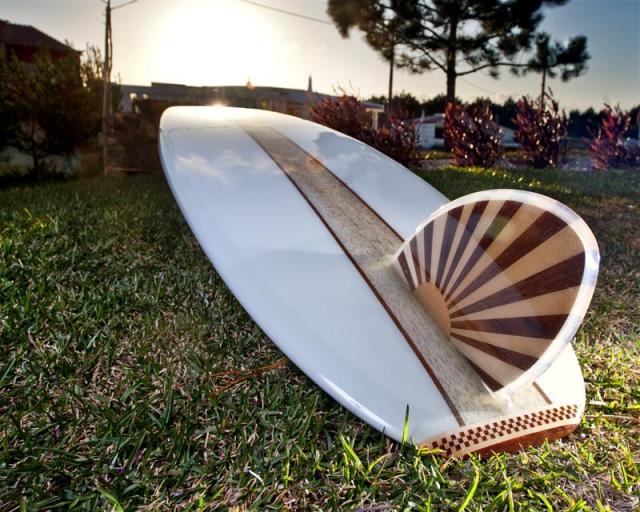
The earliest surfboards fins more closely resembled that of boat keel as opposed to the dolphin fin like templates we see today. These ‘D fins’ had a wide base, small rake and no flex at all. Its no surprise that the boards turned like the boats they were modeled after. The invention of the fiberglass fin allowed for much more flex and surfboard style finally began to see ‘S turns’ being made on the face of the wave.
Having a single fin on the bottom of the board allows the surfboard to pivot on that one point. This allows for very quick redirections. However, because single fins lack rake and cant, they typically also lack drive and stability. Single fins are still very common today. However, this fin set up is usually reserved for longboards and other classic shapes where high performance riding is not the primary goal.
Twin fins
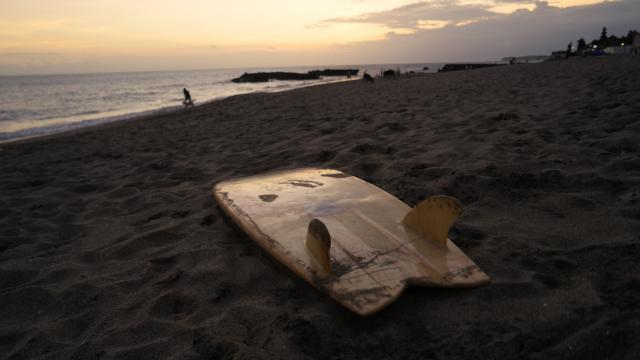
Twin fins emerged as the answer to the fish surfboard. With a fin on each side, the board is incredibly agile, turning easily from side to side. Lacking a center fin also results in no center drag point on the board. This allows the water to flow without much resistance from nose through the tail, resulting in an incredibly fast fin set up.
Tri fin or Thruster setups
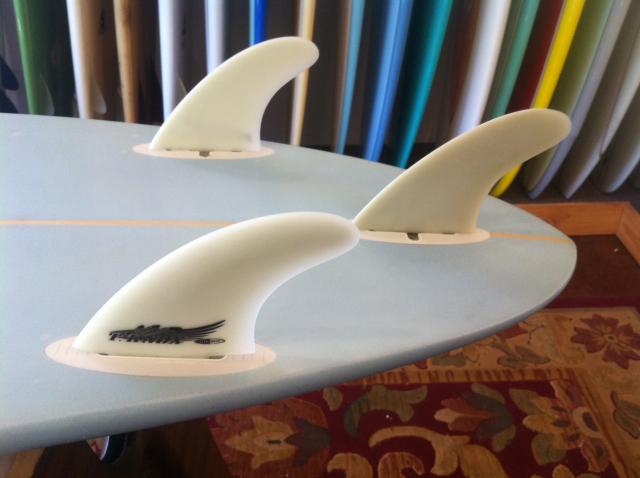
Pioneered by the great Simon Anderson, thrusters have cemented themselves as the universal go to fin setup for world tour professionals and the average joe. With a balance of both single fin and side fins, the surfer will experience a fluid combination between stability and maneuverability. With this set up, one can experiment endlessly with different combinations of rakes, bases, flexibility, the list goes on.
For the beginner surfer, our recommendation would to be to choose a fin that is the middle of the road to gain a baseline. Something that is not too stiff or loose lets you get a feel for the board itself. When you have an idea of this, you can experiment with different fins and get a better idea of how this contrast against the medium fin you’ve been using.
Four – Five Fins and beyond
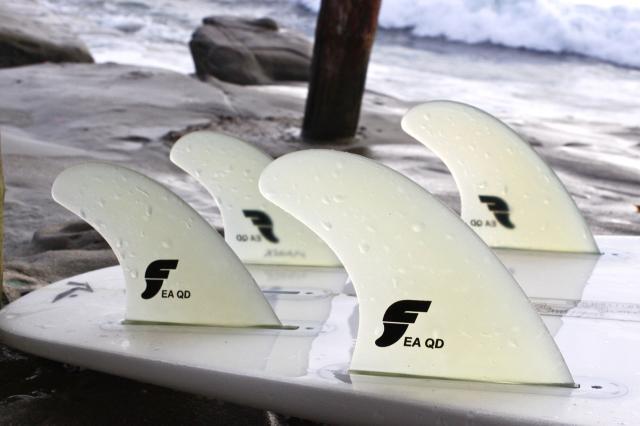
Four fin boards, aptly referred to as quads, are basically an extension of the twin fin set up. Typically, the fins are of different size, with the larger fin sitting on the outside with the smaller fins placed close to the center of the board. What this accomplishes is two fold; the surfer will experience great speed compared to the thruster because of the lack of the center fin. However, the surfboard will be easier to control compared to a pure twin fin bc of the smaller fins placed closer to the center of the board. These quad set ups are often found on larger boards where speed is the key ie. Boards meant for barrel riding or big wave surfing.
Most five fin board have a quad set up with a smaller ‘guitar pic’ center trailer fin thrown in to add just a bit more stability. Whether all these fins provide more drive or increase drag is still up for debate.
_______________________________________________________________
Here is a wonderful clip of Rob Machado riding a board with no fins at all, proving that you don’t even need fins to have style and heaps of fun!!
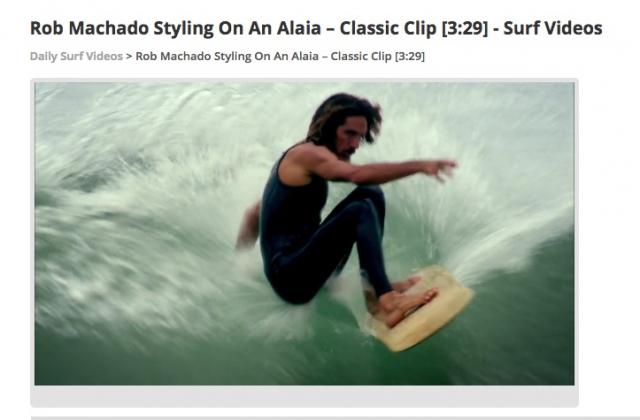
Link HERE
At the end of the day, what fin set up you choose to ride will determine what type of surfing you wish to accomplish. Choose based on what kind of waves you will be riding we well as what kind of style you would like to emulate and go out there have some fun!
Categories
Popular post
Surfing Spots: An Advanced Guide of Surfing Beaches in Bali
May 22, 2017
Bali is every surfer’s paradise. There are tons of surfing spots around Bali whether you...
A General Guide to Surfboard Fins
September 21, 2016
(cover photo credit @victorcrespo.photo) This is by no means a definitive guide to...
